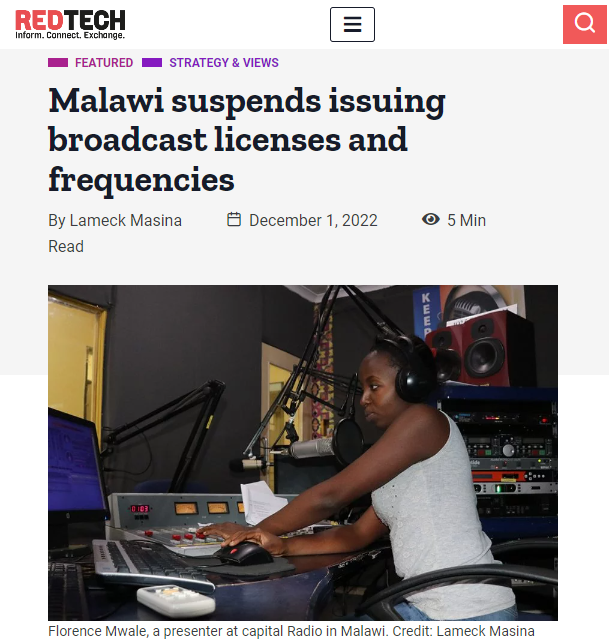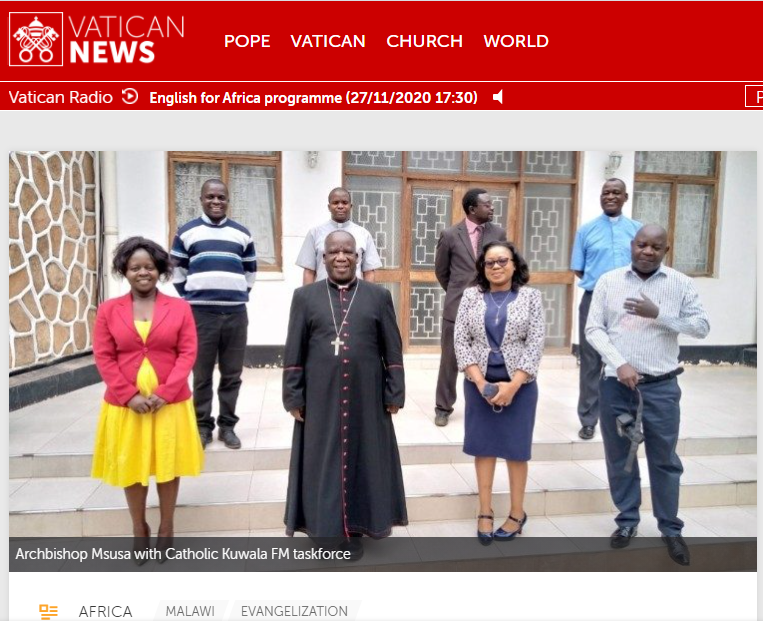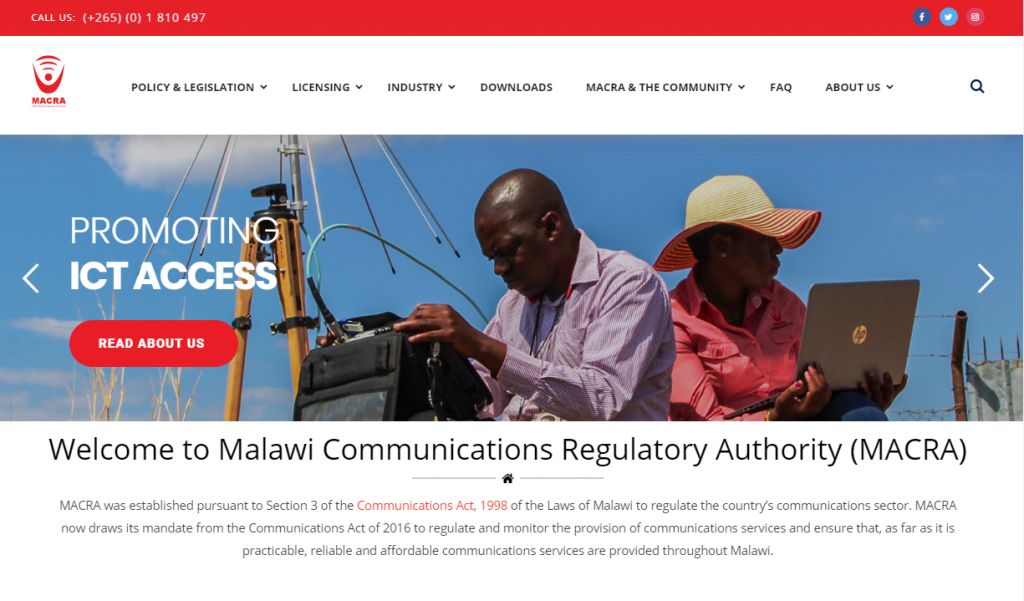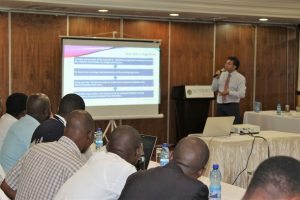
Source
Two years ago we spoke (see here) about the frequency allocation plan wanted by the government to free up channels and allow new broadcasters access to the FM band. But once the channeling was done, the wave of protest from the radio stations mounted, struggling with more interference than before. So the regulatory authority (Macra) froze the allocations and is reviewing the authorisations, removing the channels requested but not activated, and checking the payments of the concessions. As Red Tech magazine explains, there is now an attempt to make room by ‘tightening the bolts’: six radio stations in arrears with their license fees (Angaliba FM, Capital Radio, Sapitwa FM, Joy Radio, Ufulu FM, and Galaxy FM) have already been affected, but this could become 23 of the 54 actives in the country. But couldn’t this have been thought of earlier, saving the consultancy costs?
Written by Fabrizio Carnevalini




